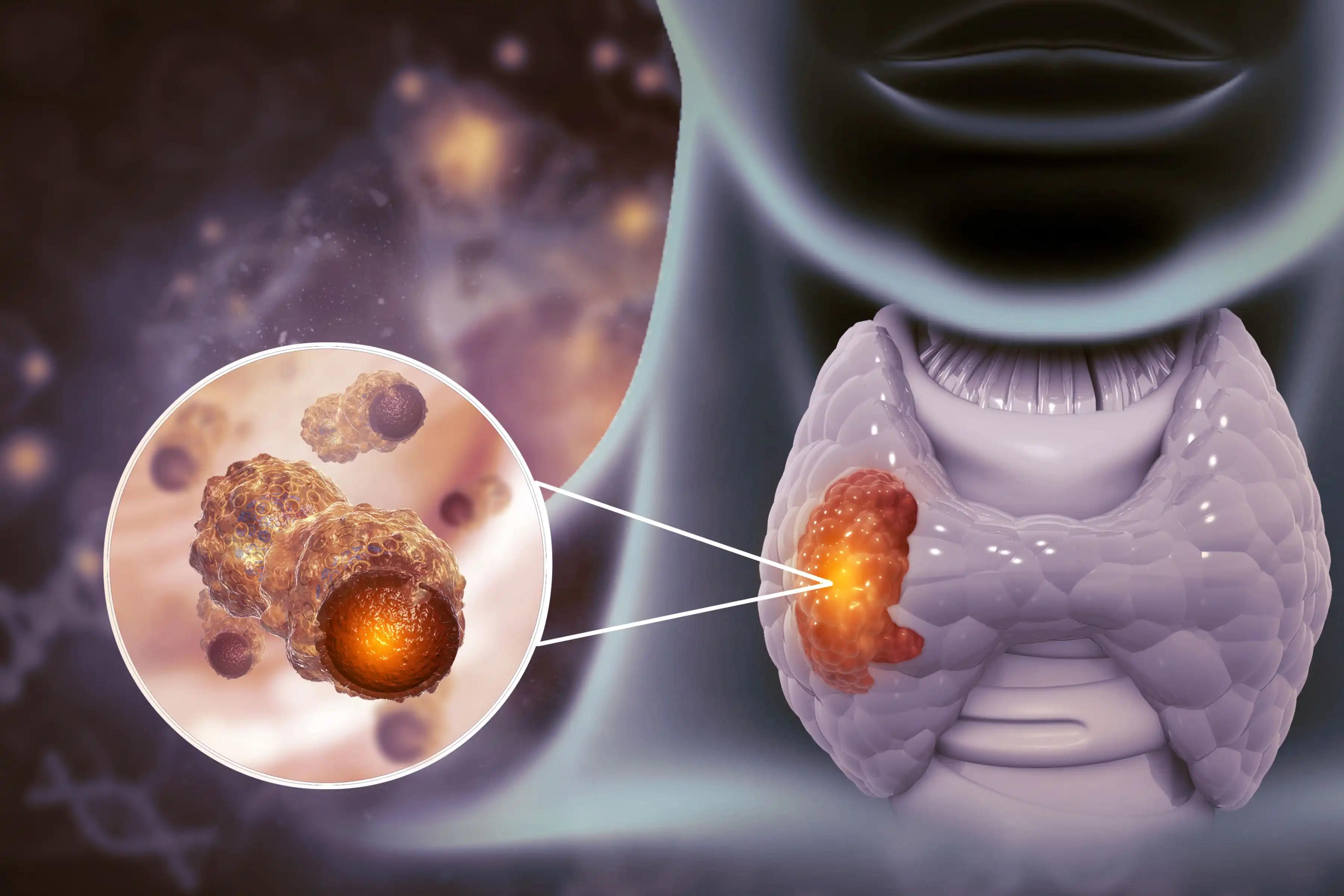KEY TAKEAWAYS
- The study aimed to investigate the risk factors contributing to esophageal anastomotic stricture in patients undergoing esophagectomy.
- Anastomotic leakage, cardiovascular disease, and diabetes are linked to higher esophageal anastomotic stricture rates, guiding treatment.
Yuan Zhong and the team aimed to assess the risk factors for anastomotic stricture in patients with esophageal cancer undergoing esophagectomy. Esophageal anastomotic stricture is the most common long-term complication of esophagectomy. The risk factors for esophageal anastomotic stricture remain controversial.
They performed an inclusive analysis by searching MEDLINE, Cochrane Library, and EMBASE for observational studies reporting risk factors for esophageal anastomotic stricture after esophagectomy. A meta-analysis was conducted to assess the impact of various risk factors on esophageal anastomotic stricture.
The GRADE (Grading of Recommendations Assessment, Development, and Evaluation) approach was employed to evaluate the quality of evidence on outcome levels for patients.
About 14 studies involving 5,987 patients were included in this review. The meta-analysis revealed that anastomotic leakage (odds ratio [OR]: 2.75; 95% confidence interval [CI]: 2.16-3.49), cardiovascular disease (OR: 1.62; 95% CI: 1.22-2.16), and diabetes (OR: 1.62; 95% CI: 1.20-2.19) may be risk factors for esophageal anastomotic stricture.
No associations were found between neoadjuvant therapy (OR: 0.78; 95% CI: 0.62-0.97), wide gastric conduit (OR: 0.98; 95% CI: 0.37-2.56), mechanical anastomosis (OR: 0.84; 95% CI: 0.47-1.48), colonic interposition (OR: 0.20; 95% CI: 0.12-0.35), and transhiatal approach (OR: 1.16; 95% CI: 0.81-1.64) with the risk of esophageal anastomotic stricture.
The study concluded that anastomotic leakage, cardiovascular disease, and diabetes may be associated with higher rates of esophageal anastomotic stricture. Awareness of these risk factors could influence treatment and procedural decisions, potentially reducing the incidence of anastomotic stricture.
The study received no funds.
Source: https://pubmed.ncbi.nlm.nih.gov/39030531/
Zhong Y, Sun R, Li W, et al. (2024). “Risk factors for esophageal anastomotic stricture after esophagectomy: a meta-analysis.” BMC Cancer. 2024 Jul 19;24(1):872. doi: 10.1186/s12885-024-12625-8. PMID: 39030531; PMCID: PMC11264988.



